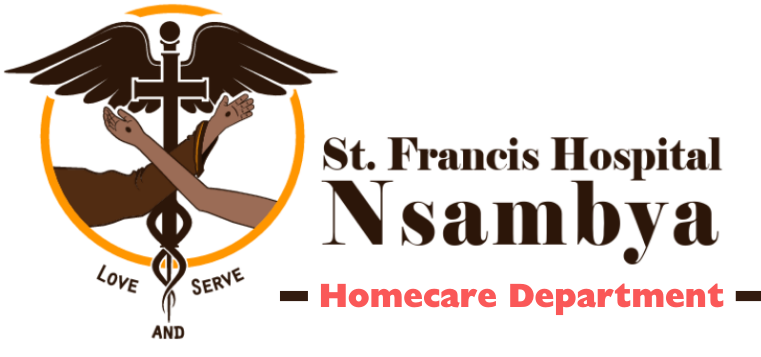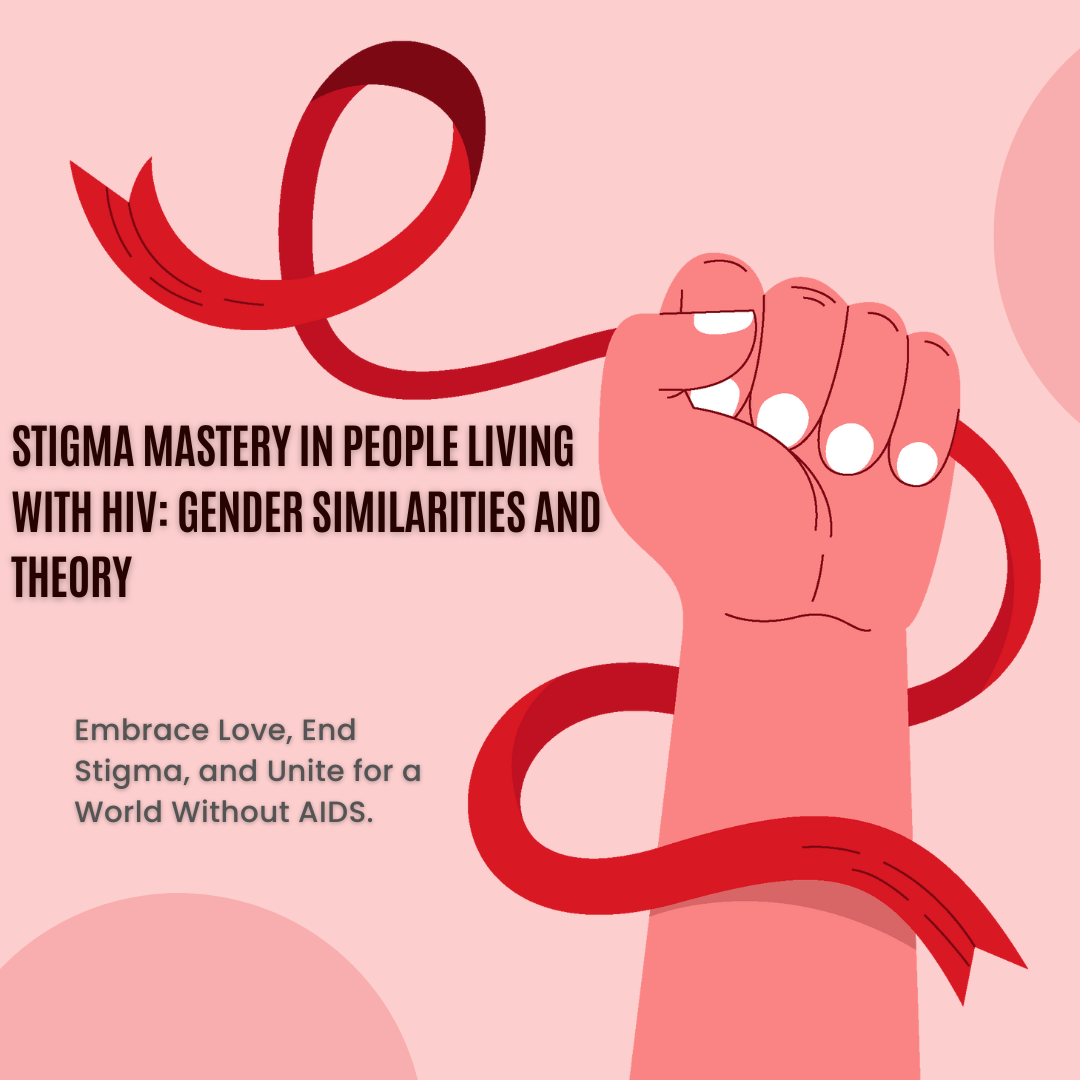

Community Home-Based Care
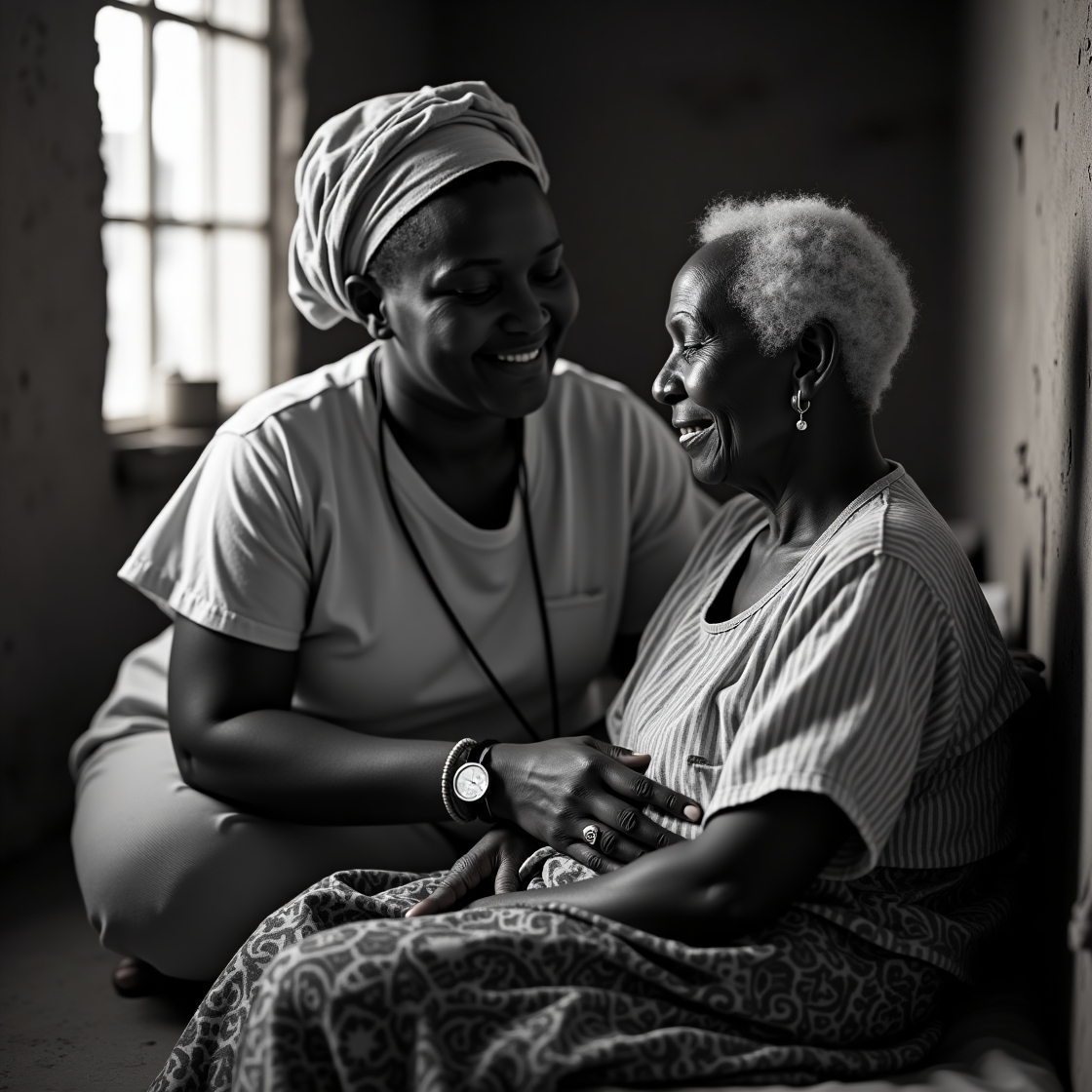
In Uganda’s ongoing battle against HIV and tuberculosis (TB), Nsambya Community Home-Based Care (CHBC) has emerged as a powerful, locally driven solution. Originally created to relieve overwhelmed hospitals during the height of the HIV/AIDS crisis, this model has grown into a cornerstone of chronic disease management in resource-limited settings. An observational study conducted between 2007 and 2011 shows that the Nsambya CHBC not only complements national HIV and TB management efforts but also contributes meaningfully to broader health system strengthening.
Nsambya CHBC proves that community-driven, integrated care models can deliver better health outcomes and help manage chronic diseases in resource-limited settings.
Full Article:
Massavon W. et al. (2014). ISRN Public Health. Read the full study hereWilliam Massavon
Origins and Structure of the CHBC Model
Founded in 1987 by missionary sisters at Nsambya Hospital in Kampala, the CHBC program began as a simple outreach effort to provide palliative care at home. Over time, it evolved into a multifaceted system delivering HIV and TB care, prevention, psychosocial support, and community outreach services. Operating across four districts, with a catchment population of roughly four million, the program integrates facility-based care with home visits, volunteer networks, and community partnerships.
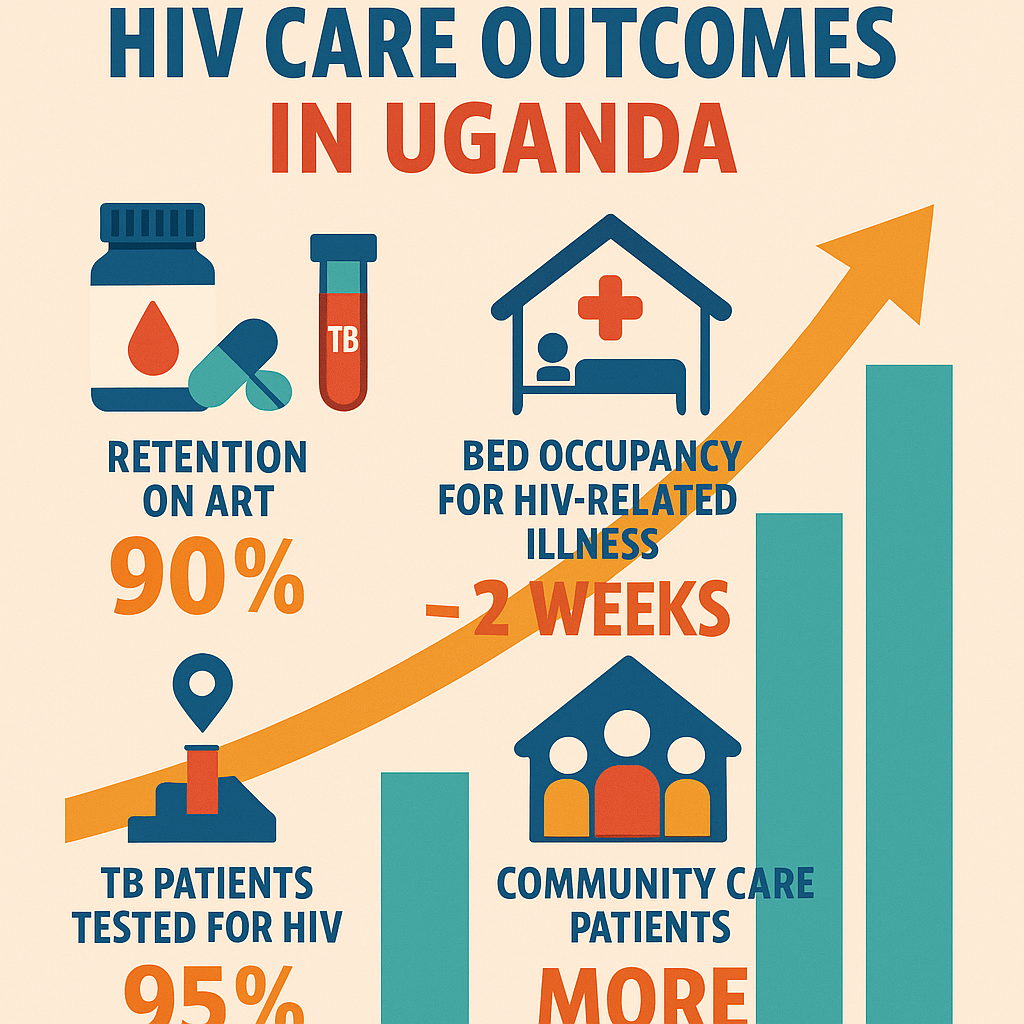
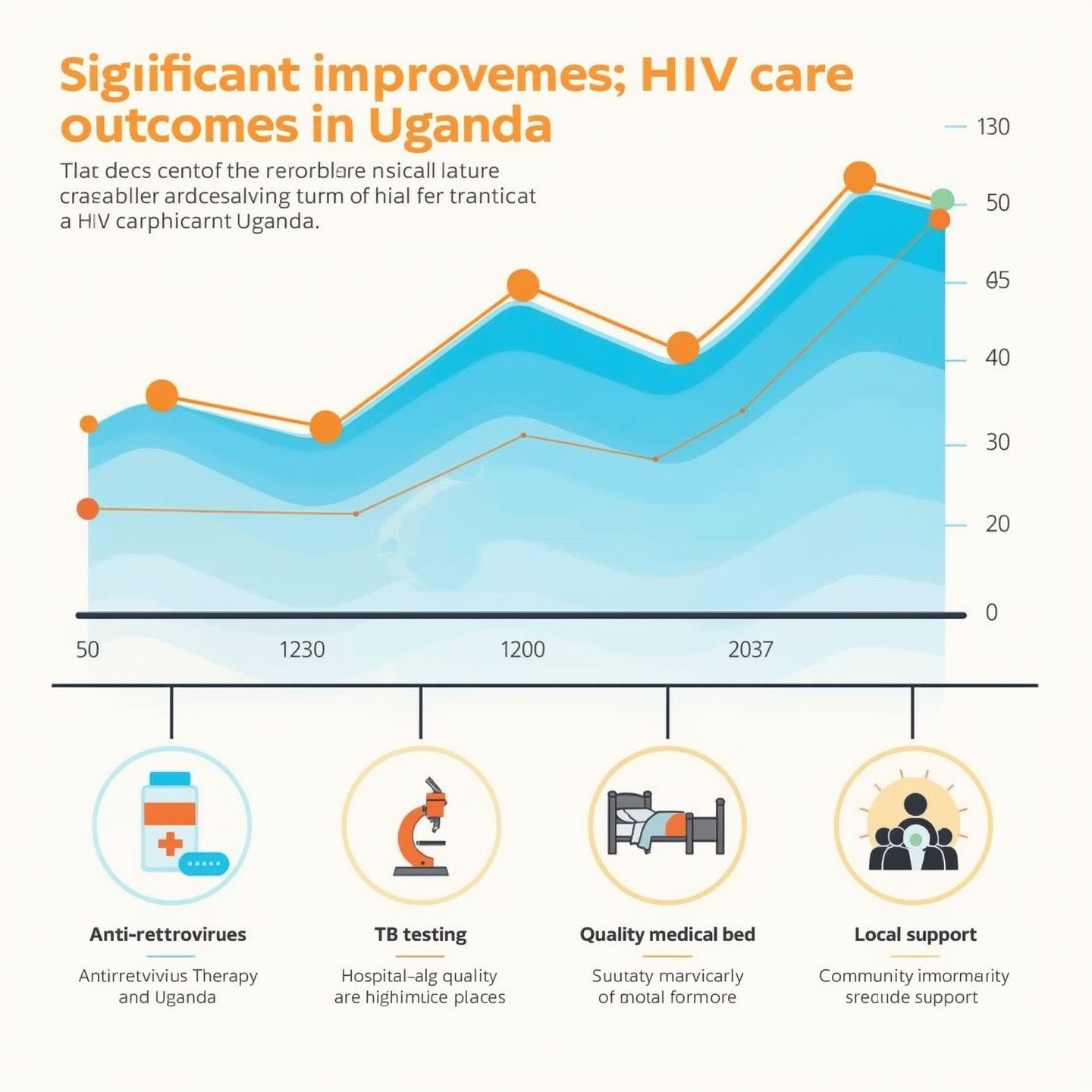
The Nsambya CHBC model stands as a successful, scalable example of how community-led healthcare can drive better outcomes for HIV and TB patients in low-resource settings. Its long-standing partnerships, comprehensive services, and deep community roots offer important lessons for chronic disease management across Uganda and beyond. As the country looks to strengthen its health system, expanding this model could help meet broader public health goals—not just for HIV and TB, but for a range of chronic conditions affecting millions.

Jenny Alexandra
Hi! beautiful people. I`m an authtor of this blog. Read our post - stay with us
Contact Us